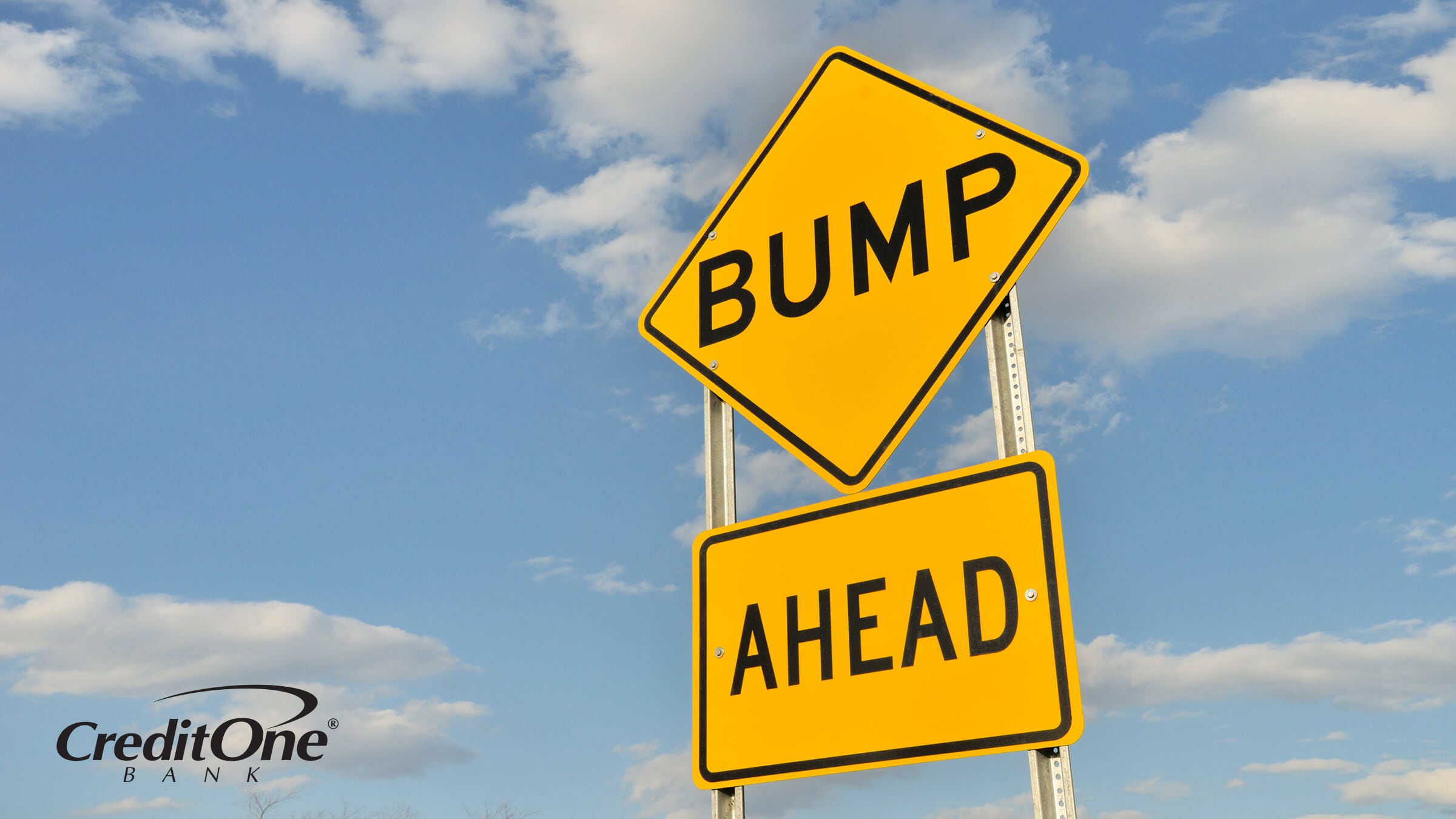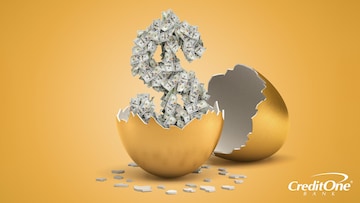
Understanding Bump-Up CDs and How They Work
February 20, 2025
You may be familiar with certificates of deposit (CDs), but bump-up CDs are unique. Here’s how they work and what to understand before considering one.

Introduction
A certificate of deposit (CD) is a type of investment product that pays you a relatively high interest rate as long as you commit to keeping your money in the CD for a set period of time, known as the term. Throughout the term, the CD grows, earns interest, and “matures.” At the final maturity date, you can withdraw your funds (including accrued interest) or roll it over into a new CD. If you take out your money before it matures, you’ll usually have to pay an early withdrawal penalty.
It seems simple enough, but there are also different types of CDs you need to know about before choosing to invest in one. For example, you could get a regular CD, a high-yield jumbo CD, a step-up CD, or a bump-up CD (also called a jump-up CD, trade-up CD, or raise-your-rate CD). This last type stands out because it lets you respond to rising interest rates.
What Are Bump-Up CDs?
Bump-up CDs let you “bump up” your interest rate, usually once during the term. You’re typically not limited on when you make that bump, but you’ll want to pull the trigger when you think interest rates are at the peak … kind of like playing blackjack and deciding whether to hit or stand.
Initial investment
If your CD requires a certain minimum deposit — which most of them do — you’ll have to put in at least that much money. The minimum deposit required to open a bump-up CD can vary from bank to bank, but you’ll typically need at least $500 to $1,000 to start.
If we’re talking about a jumbo bump-up CD, the minimum deposit is much higher. Jumbo bump-up CDs usually require $50,000 to $100,000 for your initial investment — and the more you deposit, the more you’ll make.
Interest rate
Most CDs provide a higher yield than a standard savings account. In fact, your CD’s annual percentage yield (APY), or the interest rate you earn, is typically among the highest available when you open it.
The problem is that interest rates change, and CDs usually require you to lock in your money for months or years. If the interest rate goes up during your term, you normally don’t get the higher rate. But a bump-up CD solves that dilemma by allowing you to opt for a rate increase if the offered APY goes up.
Limitations
It’s nice to have the flexibility to increase your interest rate. However, this option comes with restrictions, so you have to be strategic in your timing. Generally speaking, you only get one chance to bump up your rate — or sometimes two, on a longer term.
When you’re ready to take an increase, you can usually just select the bump-up option online through your CD account. If that feature isn’t offered, you might need to call the bank.
Maturity
When your CD matures at the end of your term, you typically have a few options.
- Cash out: You could just close the CD and withdraw your cash, including the interest you’ve earned during the term.
- Deposit: You may be able to automatically deposit the CD’s funds into a savings, checking, or money market account.
- Renew: If you don’t need the money now, you can let the CD renew for another term.
- Roll over: If you’d rather switch to a different option, you can roll the money over from the matured CD into a new CD.
- Build a ladder: You might want to start a CD ladder, which features multiple CDs with different maturity dates for more flexibility.
Example of a Bump-Up CD
The numbers and details might change, but the structure is pretty consistent. Here’s how a typical bump-up CD could look.
Let’s say you get a 24-month bump-up CD with an option to increase your rate one time only.
- You start with an APY of 4%, but market interest rates rise, and six months later the CD rate is 4.5%.
- You can choose to do your bump-up then, and you’ll have the 4.5% rate for the rest of the term, which is 18 months.
- Even if interest rates drop again, you’re locked in at the higher rate.
But what if interest rates go up further after that first increase?
- If you’ve already chosen the bump, you’ll stay at that rate and won’t have the opportunity to increase it again.
- If you previously chose to wait, you can do your bump now and lock in the higher return.
It’s like the internet meme that says, “You can only pick one. Choose wisely.” This is a bit of a guessing game, which requires studying the market and predicting future conditions to optimally pull it off. But if you don’t want to be stuck with one rate for several years, it might be the perfect choice.
Who Are Bump-Up CDs Suited For?
Bump-up CDs appeal to a range of people looking for a lower-risk investment option.
Conservative investors
If you have a low risk tolerance, CDs are a good choice. They’re usually FDIC-insured and work on fixed rates, so there are not a lot of surprises. Bump-up CDs provide the added benefit of being able to increase your rate while still enjoying the peace of mind that comes from knowing your money is safe.
Long-term savers
Besides being predictable, CDs have a preset term that makes them a good choice for continuing to build savings over several years. With a bump-up CD, you get the best of both worlds — long-term money growth as well as a future rate increase to reach your savings goals that much faster.
Diversified savers
If you typically invest in high-risk options like stocks or bonds, it’s good to have some lower-risk options to balance out your investment portfolio. High-risk volatility often translates to greater returns, but it can also mean bigger losses. Bump-up CDs provide some needed stability while keeping the excitement of choosing when to pull the trigger.
Interest rate optimists
If you’re pretty sure interest rates are going up instead of down, a bump-up CD is a great fit. While other CDs let you hedge against falling interest rates, bump-up CDs let you capitalize on rising rates.
Can I Increase My Interest Rate on a CD More Than Once?
Most standard CDs don’t give you the opportunity to change your interest rate at all. Bump-up CDs are one of the few exceptions. But as for how many times you can use your rate bump, it depends on the terms of the CD.
Typically, bump-up CDs let you bump up your rate one time, and only one time, during your term. So if that’s the type of bump-up CD you have, you won’t be able to increase your interest rate more than once.
However, it’s possible to find a bump-up CD that allows more than one rate bump. The most common variant would let you increase your rate twice during the term, but those CDs usually also have a longer term — like four years or more.
Bump-Up CD Advantages
The obvious advantage to bump-up CDs is the ability to raise your rate during the term, but there are other benefits too.
- Rising interest rates: You can take advantage of increasing market rates, which you can’t do with a regular or jumbo fixed-rate CD.
- No falling rates: Your rate won’t drop like it could with a variable-rate CD, even if market interest rates go down.
- Federally insured: Like most CDs, bump-up CDs are usually FDIC insured for up to $250,000 per account holder, per bank.
Bump-Up CD Disadvantages
Even though you get to bump up your rate during the term, you’ll often start with a lower rate than fixed-rate high-yield CDs. There are a few other drawbacks as well.
- Only long-term: While other CD terms could be as short as a few months, bump-up CDs need time to take advantage of rising rates. So you’ll usually only find longer terms of at least 24 months.
- Difficult to time: Since you have to guess about the best time to lock in a new rate, you might accidentally bump too early … or too late.
- Low liquidity: As with most CDs, you have to commit your money for a set term. That means you have no liquidity, or ability to spend it, without paying an early withdrawal penalty — which is usually a few months’ worth of interest.
Alternatives to a Bump-Up CD
CDs and similar savings products come in several varieties, each with its own pros and cons.
- Regular CD: Regular (or traditional) CDs require a lower minimum deposit than jumbo CDs, and that includes many bump-up CDs. But smaller amounts usually also come with a lower APY.
- High-yield CD: High-yield CDs give you a higher rate than bump-up CDs to begin with. However, you’re locked into that APY for the entire term.
- Variable-rate CD: While many CDs are fixed-rate investments, variable-rate (or flex) CDs fluctuate with market conditions. Unlike bump-up CDs, rates can go up or down, and you don’t get to control when that happens.
- Step-up CD: Often confused with bump-up CDs, step-up CDs also involve rate increases during the term. But unlike a bump-up CD, you don’t get to choose when to take a higher rate. The increases happen automatically on a schedule pre-determined by the issuing bank.
- No-penalty CD: Most CDs charge an early withdrawal penalty if you take out your money before it matures, but no-penalty (or liquid) CDs don’t. They usually also have shorter terms, but a lower APY — as well as limits or conditions on when and how much you can withdraw.
- High-yield savings account: High-yield savings accounts offer similar rates to CDs. But unlike a CD — even a no-penalty CD — you can usually withdraw, spend or move as much of your money as you want, any time you like.
How to Open a Bump-Up CD
If you’d like to open a bump-up CD account, here’s the step-by-step process.
- Research the market and find the bump-up CD you’d like to open.
- Check if you can open the account online. This is a common option, but if it’s not available, you can go to a physical bank location.
- Fill out the application form with your information. You’ll likely need to supply your name, birth date, Social Security number, email address, phone number and physical address.
- Set up your login info, including username and password, so you can access your account details and exercise your rate bump option whenever you like.
- Connect a bank account to fund the account. If you’re opening the account in person, you can also use cash.
- Make sure you have the required minimum deposit amount, and send the money or provide the cash.
- Keep an eye on interest rates so you can decide when it’s a good idea to take a rate bump.
Once you’ve set up and funded your account, you’ll start to earn interest at the initial rate. But with bump-up CDs, it’s important to monitor the economy. Unlike other CDs, this isn’t a set-it-and-forget-it type of offering.
Bottom Line
Bump-up CDs offer advantages over other types of CDs, but there are disadvantages as well. If you’d like to explore whether it’s right for you, take a look at Credit One Bank’s Bump-Up Jumbo CD.



